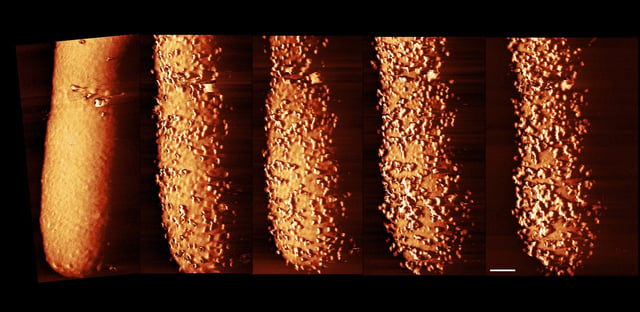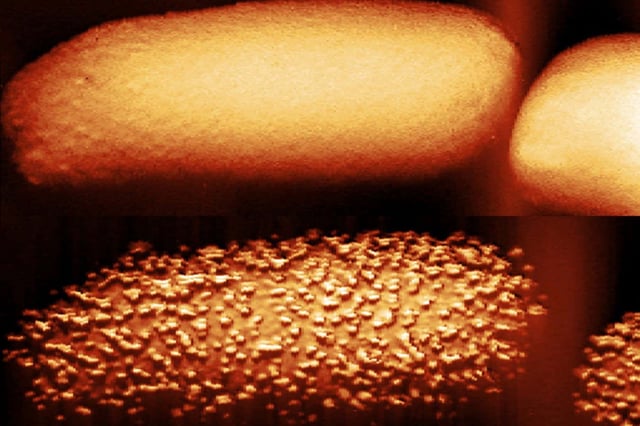Overview
- High-resolution atomic force microscopy captured surface bulges on E. coli within minutes of exposure, followed by rapid lipopolysaccharide shedding.
- The antibiotic penetrated the outer membrane only when cells were metabolically active, leaving dormant bacteria largely unaffected under nutrient deprivation.
- Supplying a carbon source reactivated dormant cells and restored susceptibility after about 15 minutes, matching the time needed to restart armor synthesis.
- In conditions where killing failed, polymyxin B still bound the outer membrane but caused little damage, clarifying inconsistent clinical responses.
- The researchers propose testing combination strategies and assessing applicability to other polymyxins as they balance efficacy with known toxicity and public-health needs.

